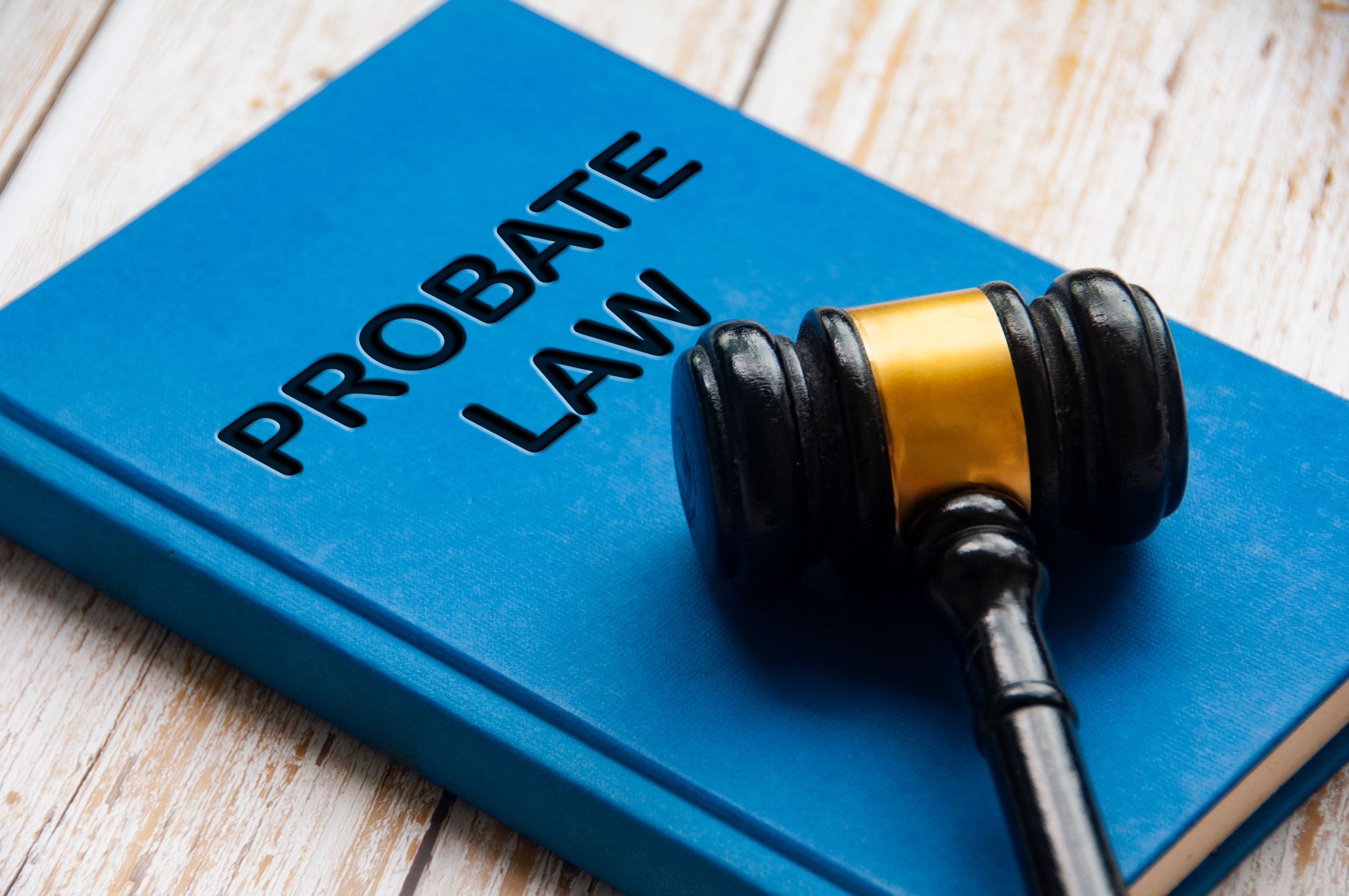If you want to transfer a house after the owner dies, there are certain steps you’ll need to follow. When a homeowner in Oklahoma passes away, the process of transferring the house to heirs or beneficiaries depends on how the property was titled and whether the deceased left a will. This article explains the common methods of transferring a home after death under Oklahoma law and what steps you may need to take.
1. Check How the Property Was Titled
The first step is to determine how the deceased held title to the property. You can find this information on the deed. Common forms of ownership include:
- Joint Tenancy with Right of Survivorship: If the deceased owned the property with someone else as joint tenants with right of survivorship, the surviving owner automatically becomes the sole owner. You may only need to file an affidavit of surviving joint tenant and a death certificate with the county clerk.
- Tenancy in Common or Sole Ownership: If the property was solely in the name of the deceased or held as a tenant in common, the house typically must go through probate unless another method of transfer applies.
2. Determine if a Transfer-on-Death (TOD) Deed Was Used
Oklahoma allows the use of a Transfer-on-Death Deed. This deed allows the homeowner to name beneficiaries to receive the property upon their death, avoiding the need for probate.
If a valid TOD deed exists:
- The beneficiary must file an Affidavit of Death and Acceptance of Transfer along with a certified copy of the death certificate with the county land records office.
- This process avoids probate and automatically transfers legal ownership.
3. Probate the Estate (if no TOD deed or survivorship exists)
If the house was not jointly owned and there is no TOD deed, the property usually must pass through probate. This is a court-supervised process that identifies heirs, pays debts, and distributes assets according to a will or state law.
Steps include:
- Filing a petition to probate the estate in the county where the deceased lived.
- Appointing a personal representative (executor).
- Publishing legal notice to creditors.
- Getting court approval to transfer the house to heirs or beneficiaries.
Once probate is complete, the court will issue an order of distribution, which you’ll record with the county clerk to transfer ownership.
4. Small Estate Affidavit (for estates under $50,000
If the entire estate (excluding real property) is worth less than $50,000 and there is no need for probate, Oklahoma allows the use of a Small Estate Affidavit. However, this does not transfer real estate, so you’ll need to go through probate to change the deed.
5. Record the New Deed
Whether the house transfers through a TOD deed, joint tenancy, or probate, you must record the new ownership with the county clerk in the county where the property is located. This ensures the public records reflect the new owner’s title.
Tulsa Probate Attorneys
If you need to transfer a house after the owner dies, the process depends on arrangements made before the owner’s death. While tools like joint tenancy and transfer-on-death deeds can simplify the process, probate is often necessary when no planning was done. Get a free and confidential consultation with one of our Oklahoma attorneys by calling 918-379-4864. Or to ask an online legal question, you can click this link and an attorney will respond quickly.

